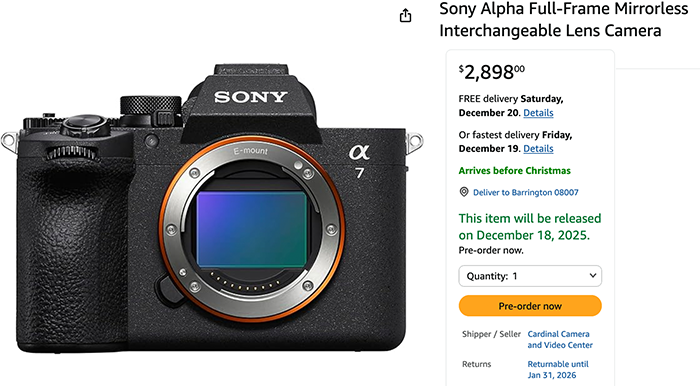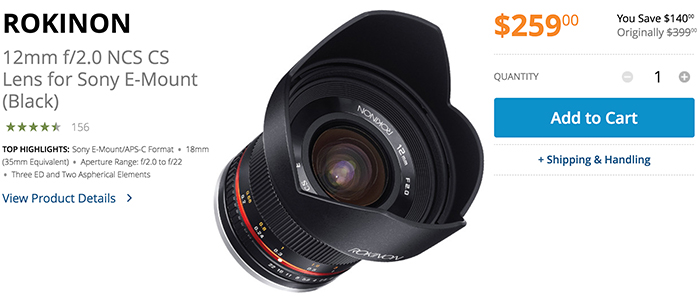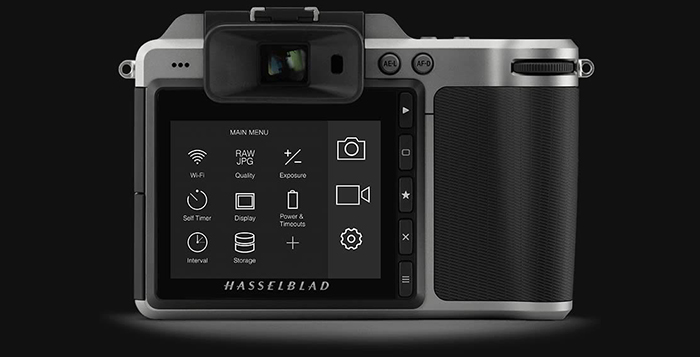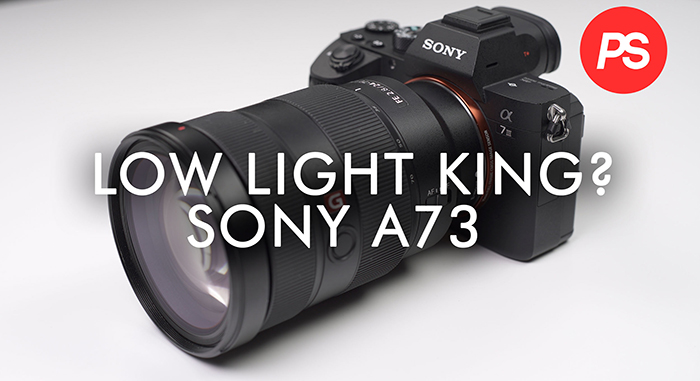Voigtlander 1.4/35 FE review by Admiringlight: “not a perfect lens, but it’s also not a bad lens”
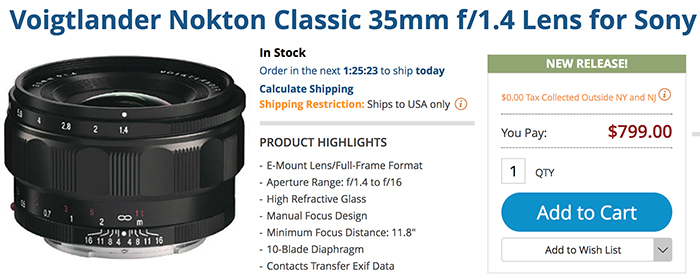
Voigtlander 35mm f/1.4 FE lens is in Stock for the very first time via BHphoto.
This new Voigtlander lens has been received with mixed feelings. Optical Quality is average at best but there is no other f/1.4 E-mount lens that is as compact as this. Admiringlight seems to like this lens despite it’s optical compromises:
As you can see from my pros and cons list above, this is not a perfect lens, but it’s also not a bad lens, and many of the cons actually figure into one of the pros – and that is the creation of that glowy classic look at f/1.4, with unique bokeh that you’ll either love or hate. It’s a lens that I can’t universally recommend, as many will find its negatives to be major dealbreakers. Yet, I do think that most people should really give it a look, as many do love that classic look at f/1.4. It’s also extremely solidly constructed, has wonderful manual focus feel, is downright tiny for a 35mm f/1.4 (and frankly it’s small for any lens), and doesn’t really break the bank at a retail price of $799.
Personally, I really like the lens, and have added it to my bag. I’ve really enjoyed shooting with it. If you like the look, it’s well worth a purchase. If you want a more modern rendering lens, then look elsewhere.
Also Marc Alhadeff tested this lens and concludes:
Although the build construction is very good like all Voigtländer, performances are really below average vs modern lenses. If you buy this lens it will be to shoot often wide open or below F2.8 to precisely get the glow effect & the flare like a vintage lens.
So definitively not a generalist 35mm lens but a nice compact nostalgic lens
And we also have two video reviews from Robert Pugh and Eric Barger:
